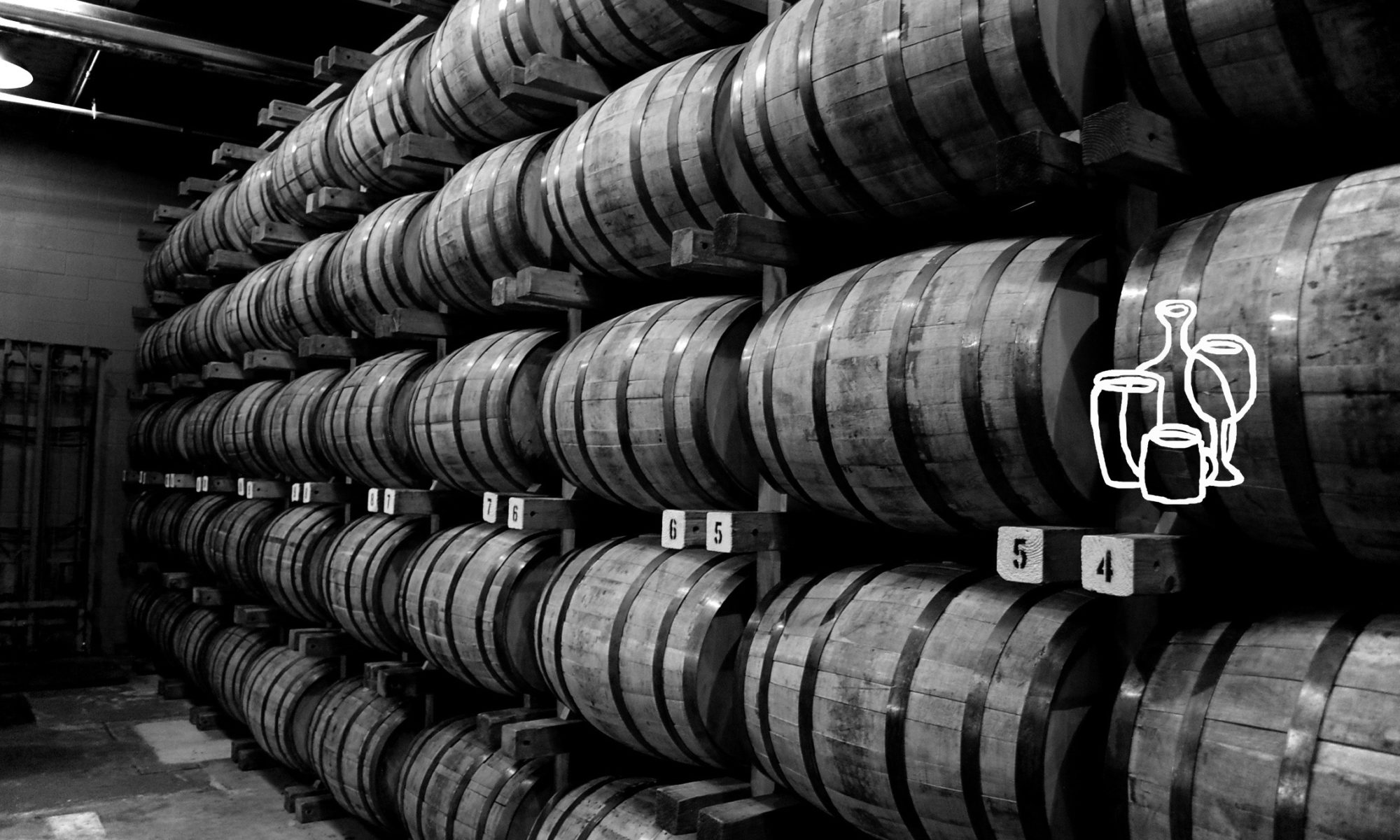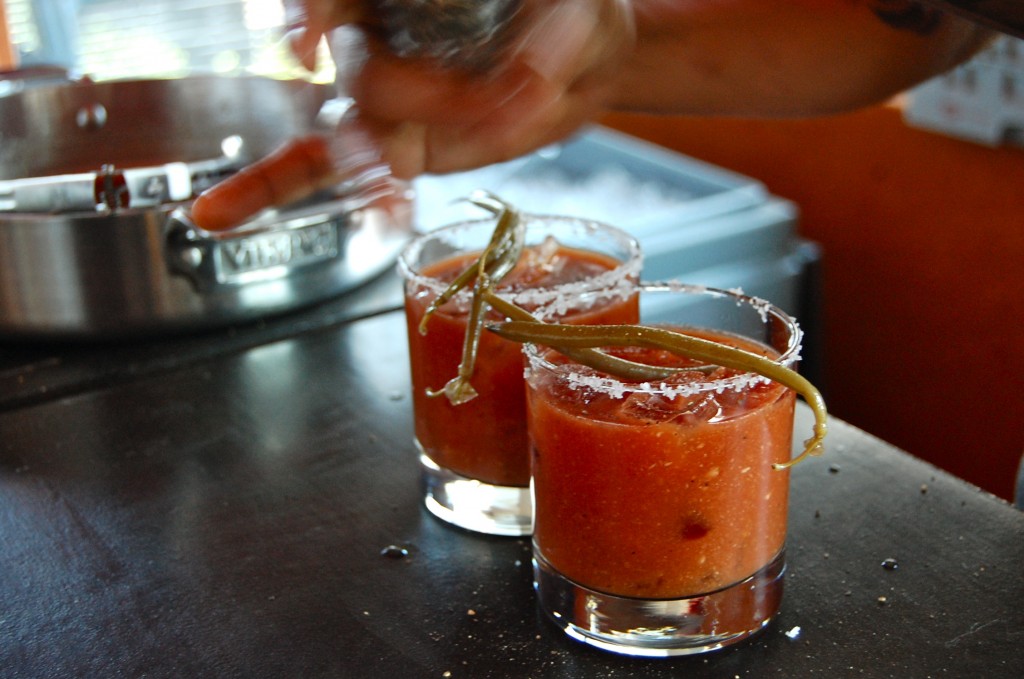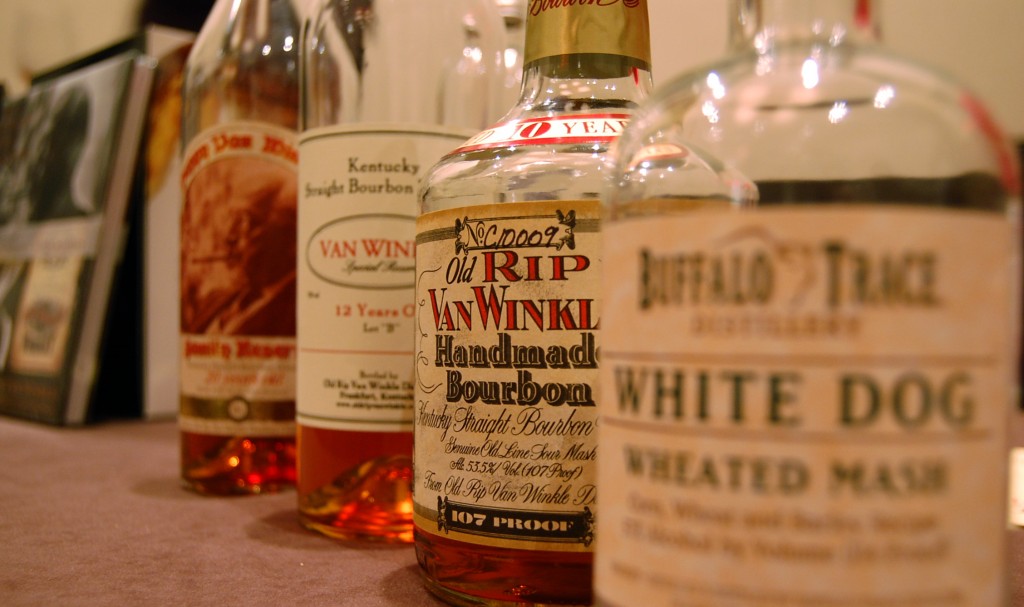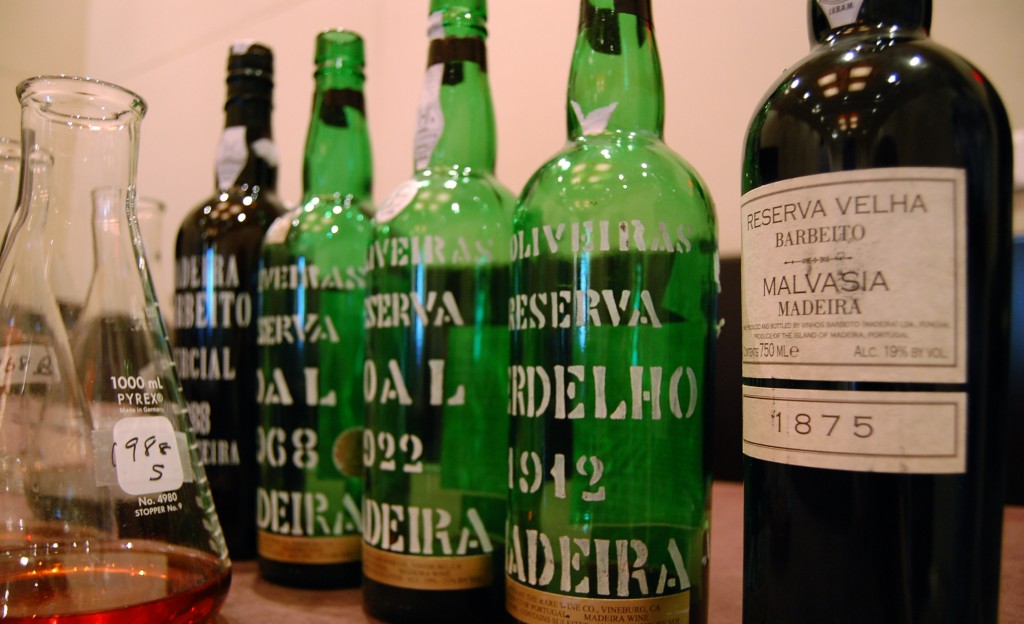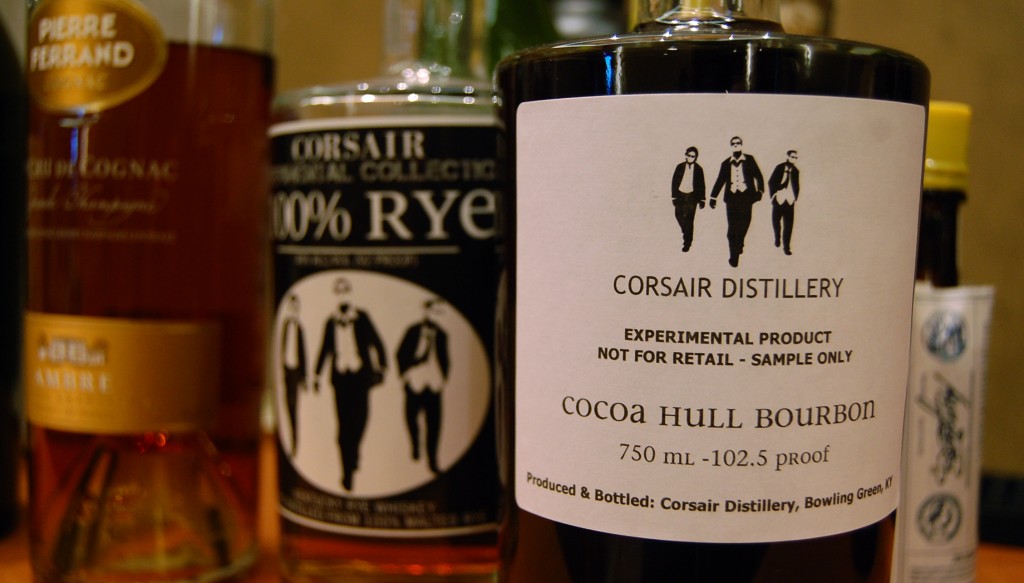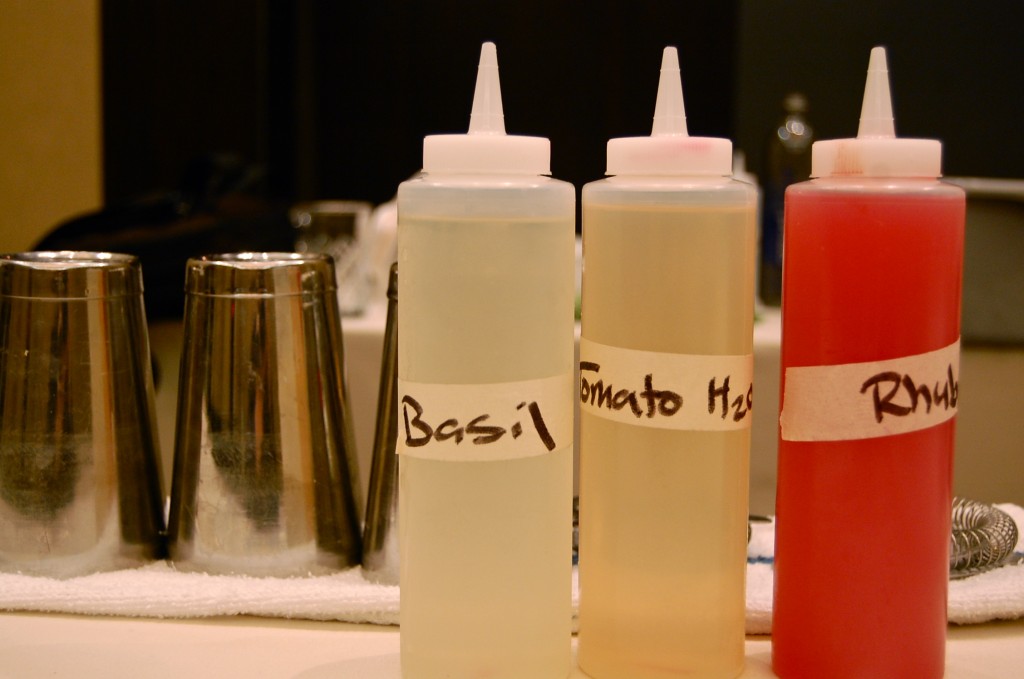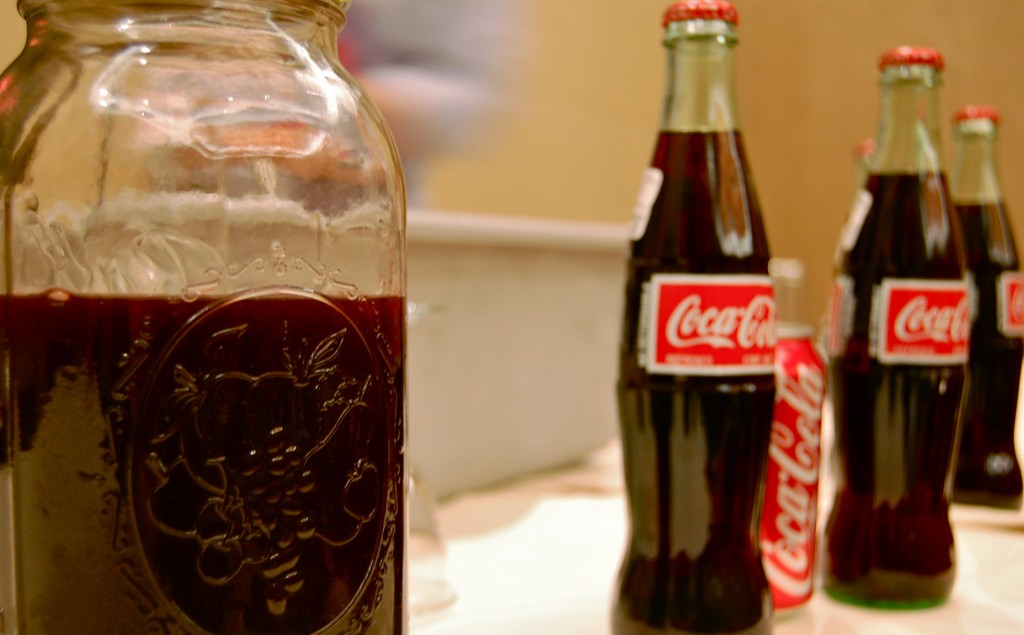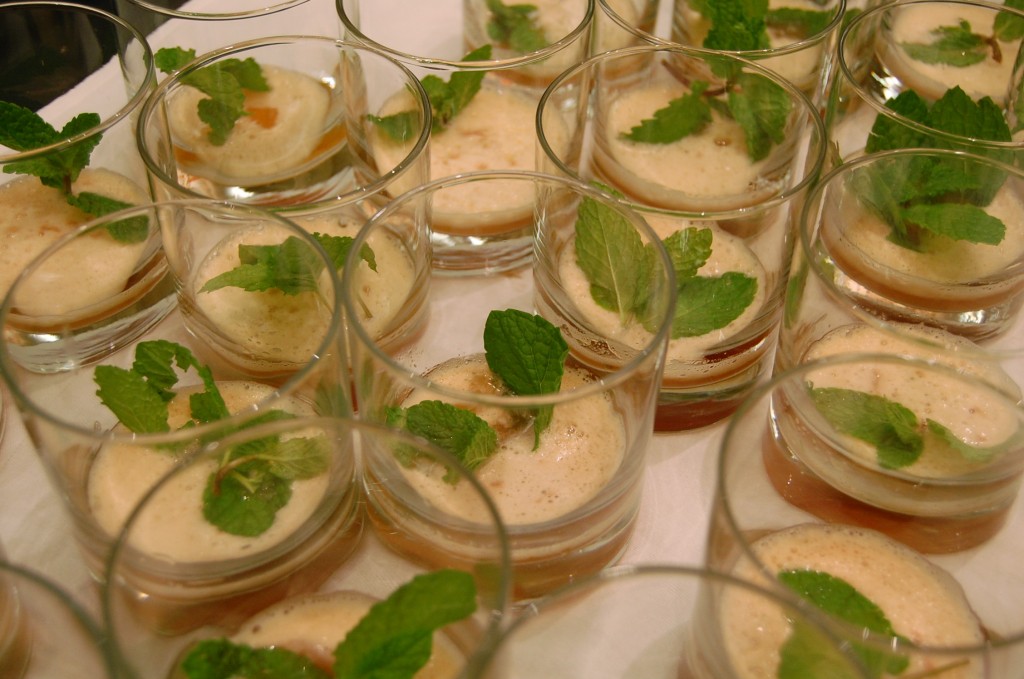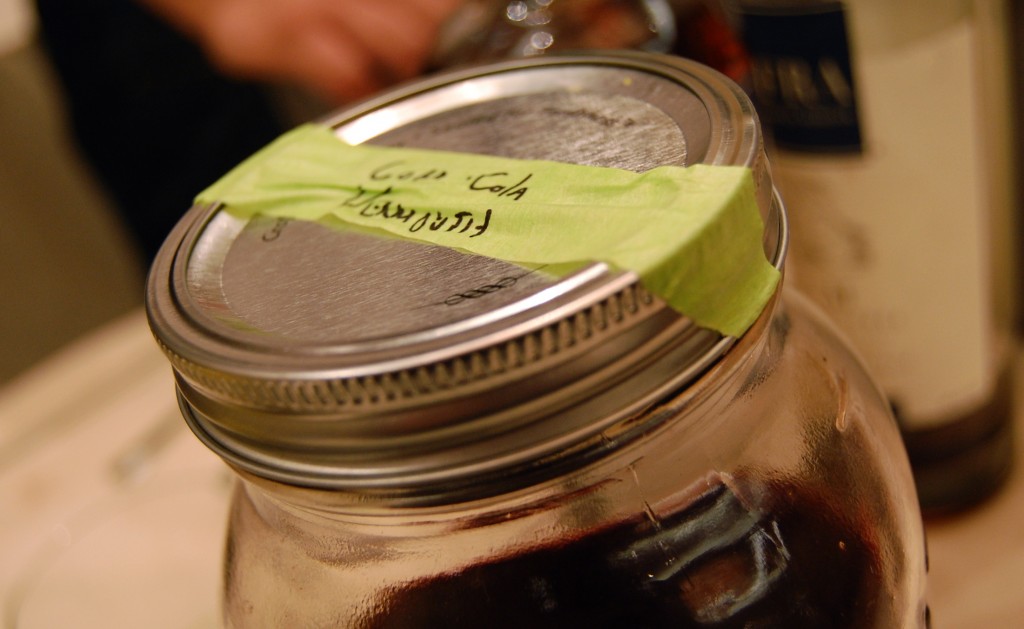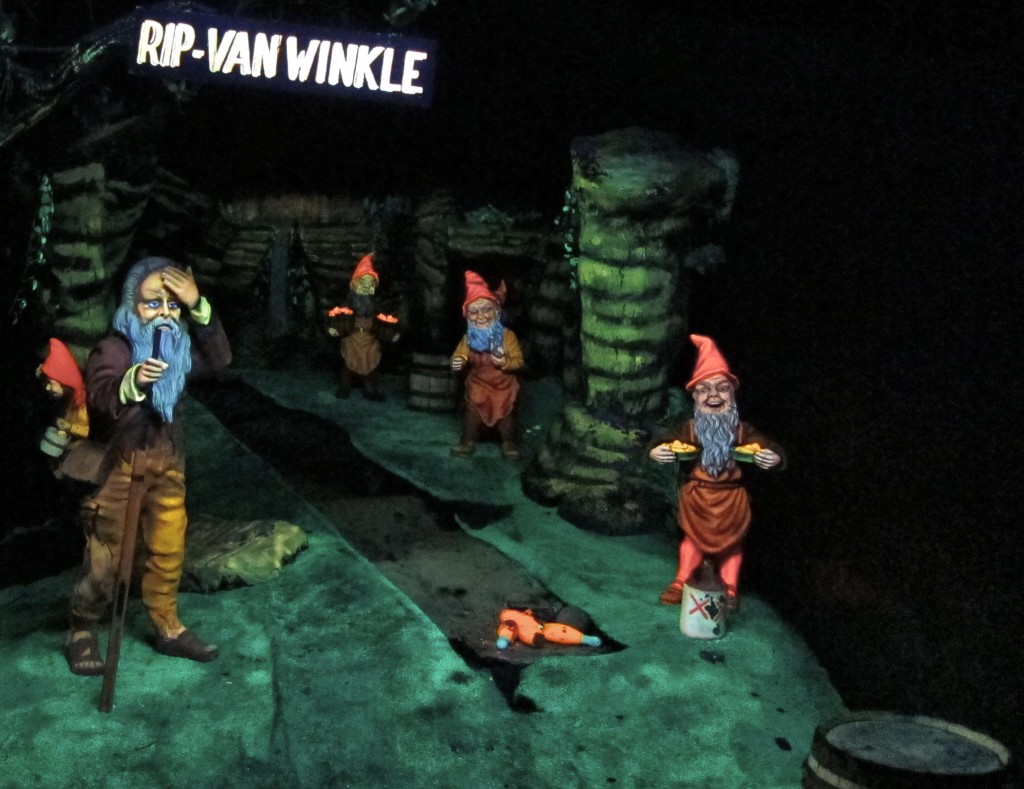
Wadmalaw Island sits a bit south of Charleston, bordered by Bohicket Creek and the North Edisto River, dotted with live oak trees dripping in Spanish moss, home to America’s only tea plantation, as well as a little distillery called Firefly.
 Firefly Distillery is not well marked. You’re highly unlikely to happen upon it, as it sits near the end of a long road on the way to nowhere, towards the end of Wadmalaw Island. The local authorities won’t even let Firefly put up signs to help alert some of the visitors to nearby Kiawah or Seabrook Island that a distillery is just down the road. That is often the nature of being a distillery in the South, a tug of war between being a blessing on AND a pariah to the local community at the same time. So, Firefly is a destination for seekers, those who love their sweet tea vodka, or who have heard of their delicious Sea Island rums, or, maybe, those who are simply seeking a fascinating peek into the mind of a mad scientist out in the islands of South Carolina’s low country.
Firefly Distillery is not well marked. You’re highly unlikely to happen upon it, as it sits near the end of a long road on the way to nowhere, towards the end of Wadmalaw Island. The local authorities won’t even let Firefly put up signs to help alert some of the visitors to nearby Kiawah or Seabrook Island that a distillery is just down the road. That is often the nature of being a distillery in the South, a tug of war between being a blessing on AND a pariah to the local community at the same time. So, Firefly is a destination for seekers, those who love their sweet tea vodka, or who have heard of their delicious Sea Island rums, or, maybe, those who are simply seeking a fascinating peek into the mind of a mad scientist out in the islands of South Carolina’s low country.
Jim Irvin is the mad scientist behind Firefly. He started making muscadine wine out on Wadmalaw over a decade ago, but really found his calling when he partnered with Scott Newitt and came up with the idea of a Southern sweet tea vodka using tea from the nearby plantation – the only tea plantation in the United States. Jim is clearly a restless tinkerer – his liquor stills look like something out of a high school science project gone grand and the grounds of the distillery are dotted with experiments in the making, stevia plants and multiple hops varieties growing in the garden, barrels aging, antique machinery being tested. That experimentation is paying off in the form of some wonderful products that can be sampled at the Firefly tasting room – a bracingly tart lemonade vodka, a rich and warming coffee spiced rum, and, of course, their line of sweet tea vodkas.

Before we hit the tasting room, Jay MacMurphy, who runs the daily operations at the distillery, showed us around the grounds: the beautiful muscadine vines set amongst the oaks, the garden overflowing with stevia and hops and fruit, that science project of a still, the hand-labeling of bottles. Kids will love visiting with the animals – goats and pigs and chickens and rabbits eager for a visit.

As you head into the operations areas of the distillery, it’s clear that the actual production here in Wadmalaw is small: micro-distillery batches of up to 500 gallons at a time. The big volume stuff – the main line of sweet tea vodkas – is handled on dedicated equipment in Kentucky by the Sazerac Company. Wadmalaw takes care of the limited releases and the Sea Island rums, many of which you can only find at the distillery itself or in South Carolina. The barrel aging room is small and warm, the better to encourage the interaction of the wood and the spirits. The “lab” is a nook of equipment and test batches, notes scribbled all over the place. And those stills… they are a science lover’s take on the distillation process, no elegant copper domes in sight. It all shows that this is a place built on passion.

On to the tasting room, where $6 gets you a sampling of their products and your own Firefly shot glass. The highlight is the ability to try some things you’re not likely to find at home: the limited Sea Island sugar cane rums (which are planned to get distribution in Georgia in the near future), Firefly’s “handcrafted” vodka (no tea, just vodka), and their lemonade vodka which can only be bought at the distillery. These are all excellent products and you will likely find it hard to leave without a bottle or two (we took home a few bottles of spiced rum and Java rum).

As you happily leave the tasting rooms, the South Carolina sun soaks through the oaks and Spanish moss, and you realize again that Firefly sits in a special place. Firefly’s sweet tea vodka may be found all over the country now, but Wadmalaw Island is its home, and it’s a magical place to be, even if it’s just for an hour or two.
Enjoy…

The donkey-powered sugar cane press, chewing up sugar cane

The “science project gone grand”

The lab of the mad scientist

Barrels from Buffalo Trace for aging Sea Island rum

Sea Island Rum in the tasting room

The muscadine vines surrounded by oak and moss

Quack!
Read our tasting notes for the Sea Island Spice Rum and Java Rhum
Full Disclosure: Our tasting room visit at Firefly Distillery was complimentary.
